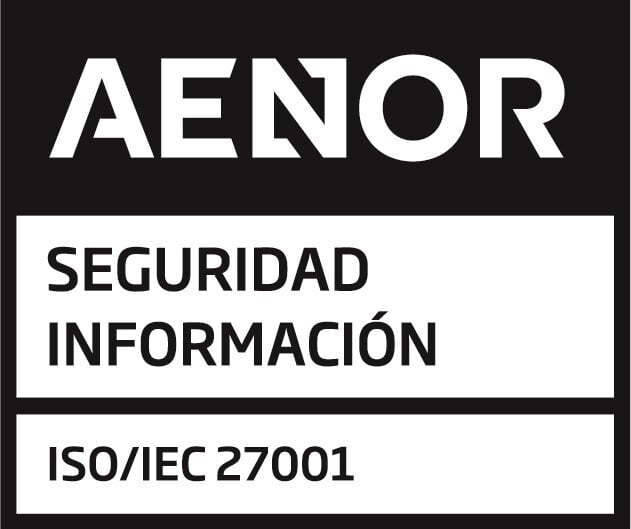Building and running an energy plant incorrectly can be treacherous and expensive. A poor design, incompetent team members, and generally a poorly established renewable energy plant can be a recipe for the loss of resources. Every time you identify a problem and try to rework it, there are costs attached to it. Lack of compliance can translate to penalties that only affect the bottom line negatively. A lot can happen to an energy plant when requirements are not met.
So, what are the requirements for an energy plant?
Well, an energy plant that has met requirements doesn’t keep the operators on their toes all the time regardless of the asset lifecycle stage. With some effort by the project owner, project manager, and every other stakeholder, that is achievable.
Here are five important requirements to start with.
1- Experience And Expertise Of The Team
Employees are tasked with the construction and daily running of the energy plant. They must have enough knowledge and training for the proper execution of their jobs. Training comes in handy in ensuring that every employee is abreast with the newest industry trends.
Alongside the company-sponsored training, the management should also encourage employees to further personal development. The productivity of the plant can increase with small efforts such as fee reimbursement.
Similarly, management should be experienced and trained properly because the plant’s performance is reflective of its management quality. They need to know how to balance many aspects of the plant, for instance, between investing in modern technology and optimizing power generation costs.
2- Harmony Between Software and Hardware
Software may have found its way into power plants, but machines are still instrumental in the business. The software may be the best in the market, but with below-par machines, the energy plant may still not post good results. It is the same case if the plant machines are excellent but are paired with poor-quality software. The software simply is unable to get the best out of the hardware.
An energy plant should seek to have consistency between its software and hardware so that achieving both speed and quality in operations can be possible. However, you want to note that this harmony will also need quality management and employees.
3-Use of Modern Technology
Industry 4.0 is inseparable from today’s energy plant. Cutting-edge technology in a power plant is crucial for higher productivity and generally, a competitive advantage because it introduces intelligent energy generation.
A truly modern energy plant implements modern technology in more than just equipment and machinery. You will find smart technology everywhere, from worker safety to plant production. As an example, an energy plant can use notification software to warn the team whenever there is an emergency or accident.
Modern technology is also a solution to challenges related to repetitive work as it allows for more human involvement in areas where innovation and cognition are more necessary. This enhancement is important because studies have shown that technology cannot fully replace human workers.
4- Big Data For Competitive Advantage
Big data can help an energy plant get more insight into the future, learn about its customers, preserve energy, and more. Companies install sensors in their machines and equipment for superior monitoring.
Unfortunately, many energy plants have been inclined to know the profiles of their users superficially, with minimal understanding of their preferences. Now that there are data processing gadgets, energy plants have the chance to do things differently.
Big data is a powerful resource that energy plants require to get a more explicit understanding of client energy consumption patterns and preferences. For big data to be resourceful for the plants, they need to access and analyze the data to get insightful information.
5- Robust Risk Management
Renewable energy production plants are prone to a wide range of risks. While most of these plants are capital-intensive, the unclear production volumes pose an investment risk. Their risk exposure is huge, and responding to malfunctions or accidents in these plants is usually expensive. Energy plants need to identify their risks including:
- Safety risks
- Regulatory environment disruptions
- Operation and maintenance
- Design and technology risks
- Project development risks
- Market changes
- Obsolete components and complicated repairs
Note that big data plays a big role in plant risk management.
Closing Remarks
The outlook of modern energy generation is changing fast. As renewables continue to dominate the space, it is paramount for energy plants to adapt to the requirements to remain competitive. Big data and analytics give impetus to renewable energy generation, and it appears they will remain relevant even in the future.
A visionary renewable energy manager will seek to apply the power of asset management software at the earliest opportunity. Excellent energy companies take care of every aspect, from the employee to the smallest equipment.
Have you tried renewable asset management software? The QBI demo will get you started on a future of superior performance.
